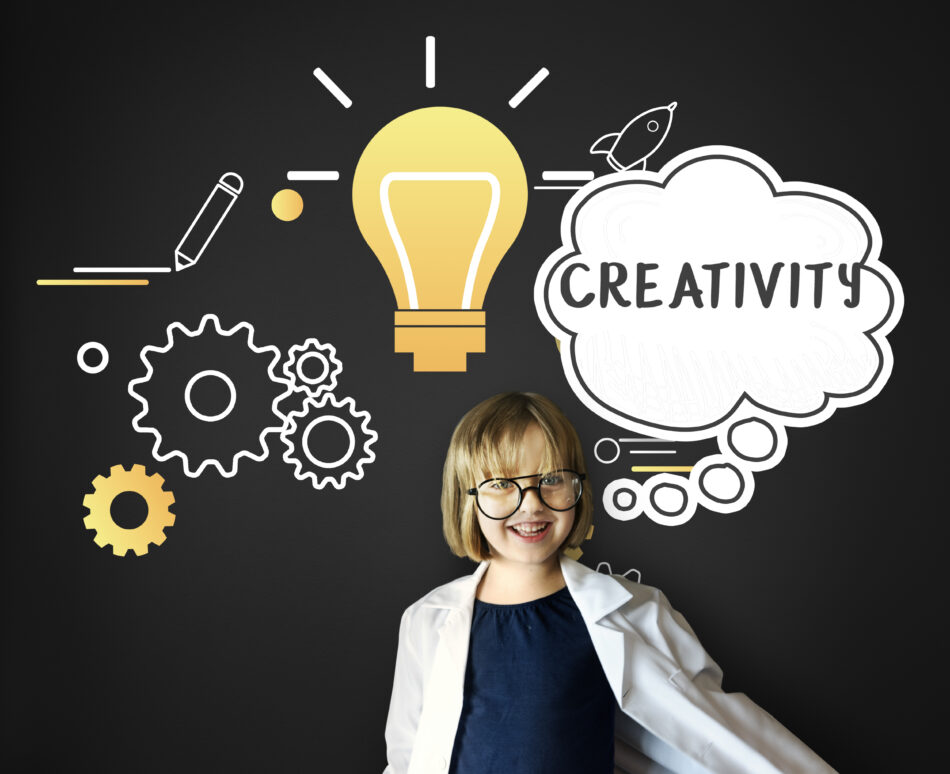Every brand, at some point, faces the big production question: Should we build an in-house team or partner with an external agency? Both options offer distinct advantages and challenges, and the answer isn’t always black and white. The decision often comes down to the scale of your content needs, budget, long-term strategy, and creative expectations.
If you’re a growing brand with ambitious visual goals, collaborating with a creative production agency in Mumbai could provide flexibility, expertise, and efficiency that’s hard to replicate internally. But before jumping in either direction, it’s important to understand what each model offers—and where they might fall short.
Let’s weigh both options so you can make the right call for your business.
In-House Production: Pros and Cons
Pros:
Brand Intimacy
Your internal team lives and breathes your brand every day. They understand its tone, values, history, and audience deeply, often without needing a lengthy onboarding process. This embedded knowledge can ensure more consistent storytelling and aligned messaging.
Faster Communication
When your creative team is just a Slack ping—or a few desks—away, collaboration becomes smoother. Real-time edits, quick brainstorms, and on-the-fly decision-making are easier with internal teams.
Long-Term Cost Efficiency
If your brand regularly produces a high volume of content—think daily social posts, weekly videos, or constant promotional material—an in-house team might be more cost-efficient in the long run. Salaried employees can prove more economical than repeated agency fees.
Cons:
Creative Burnout
Creatives working within the same brand ecosystem can hit a wall. Familiarity, while beneficial, can also breed repetition. Over time, content may become predictable or lack innovation.
Limited Skill Sets
Hiring full-time specialists like motion designers, sound engineers, or cinematographers may be out of reach for smaller teams. This often results in a lean crew trying to wear too many hats, compromising quality.
Scaling Constraints
Campaign spikes, seasonal launches, or sudden market pushes can overwhelm a small in-house team. Without the bandwidth to handle overflow, deadlines may suffer, and the final output can be rushed or incomplete.
Creative Production Agency: Pros and Cons
Pros:
Diverse Expertise
Agencies are typically staffed with professionals across every niche of production—from directors and editors to stylists and animators. This talent pool gives your brand access to high-caliber work that’s hard to replicate internally.
Fresh Perspective
An external team brings an outsider’s eye to your content, often offering bolder ideas or unexpected creative angles. This fresh thinking can push your brand beyond its comfort zone—in a good way.
Scalability
Need a full campaign shoot with multiple locations? Or just a quick product demo? Agencies are built to scale based on project requirements. They can quickly expand or downsize their team to match your production goals.
Access to Equipment and Studios
From high-end cameras to soundproof editing suites, agencies often have access to professional equipment and spaces that would be costly to purchase or lease in-house.
Cons:
Onboarding Time
Agencies don’t know your brand from day one. It takes time (and multiple briefs) for them to understand your tone, audience, and expectations. Misalignment is common during early projects.
Cost Per Project
While agencies bring expertise, that expertise comes at a price. For brands producing content consistently, the per-project cost of using an agency can eventually outpace the cost of hiring an internal team.
Less Immediate Availability
Agencies juggle multiple clients and may not always prioritize your timelines unless clearly outlined in contracts. Delays can happen if expectations aren’t managed effectively.
Which Is Right for You? Ask Yourself These Questions
1. How Often Do You Produce Content?
If your brand pumps out content daily or multiple times a week, it might be more economical to build an in-house team. But if you work in campaigns—seasonal promotions, launches, events—an agency might offer better value.
2. What Kind of Content Do You Need?
If you’re creating basic Instagram posts, simple explainer videos, or blog visuals, an internal designer or videographer may be enough. But for high-end brand films, 3D animations, event videos, or TVCs, you’ll likely need an agency’s specialist team and production setup.
3. How Important Is Creative Variety?
In-house teams, over time, may fall into stylistic routines. If your brand needs continual reinvention or bold experimentation, agencies can inject fresh energy into your campaigns.
4. Can You Afford the Overhead?
In-house teams come with hidden costs—recruitment, equipment, training, insurance, and benefits. Agencies work on a plug-and-play model: they bring the team, the tools, and the talent, minus the long-term commitment.
5. Do You Have Time to Manage a Team?
Managing an in-house team involves HR, performance reviews, training, and motivation. Some brands prefer to avoid that layer of responsibility and instead collaborate with an agency that takes care of its own crew.
The Hybrid Approach: Best of Both Worlds
More and more brands are now embracing a hybrid model: keeping a nimble internal team for day-to-day content needs, while outsourcing larger or more complex projects to an agency. This approach balances control with flexibility, and cost-efficiency with quality.
Benefits of the hybrid model include:
- Brand consistency through daily oversight by your internal team
- Creative innovation brought in from agency collaborations
- Budget flexibility by choosing where to invest for each project
- Agility and speed for quick-turn content and social assets
- Strategic scaling during product launches, rebrands, or campaigns
The hybrid model is particularly useful for startups and mid-sized brands that want the reliability of in-house control but also crave external creative firepower during high-impact moments.
Whether you build, buy, or blend—what matters most is that your content not only looks great but also connects, converts, and reflects the strength of your brand identity.






